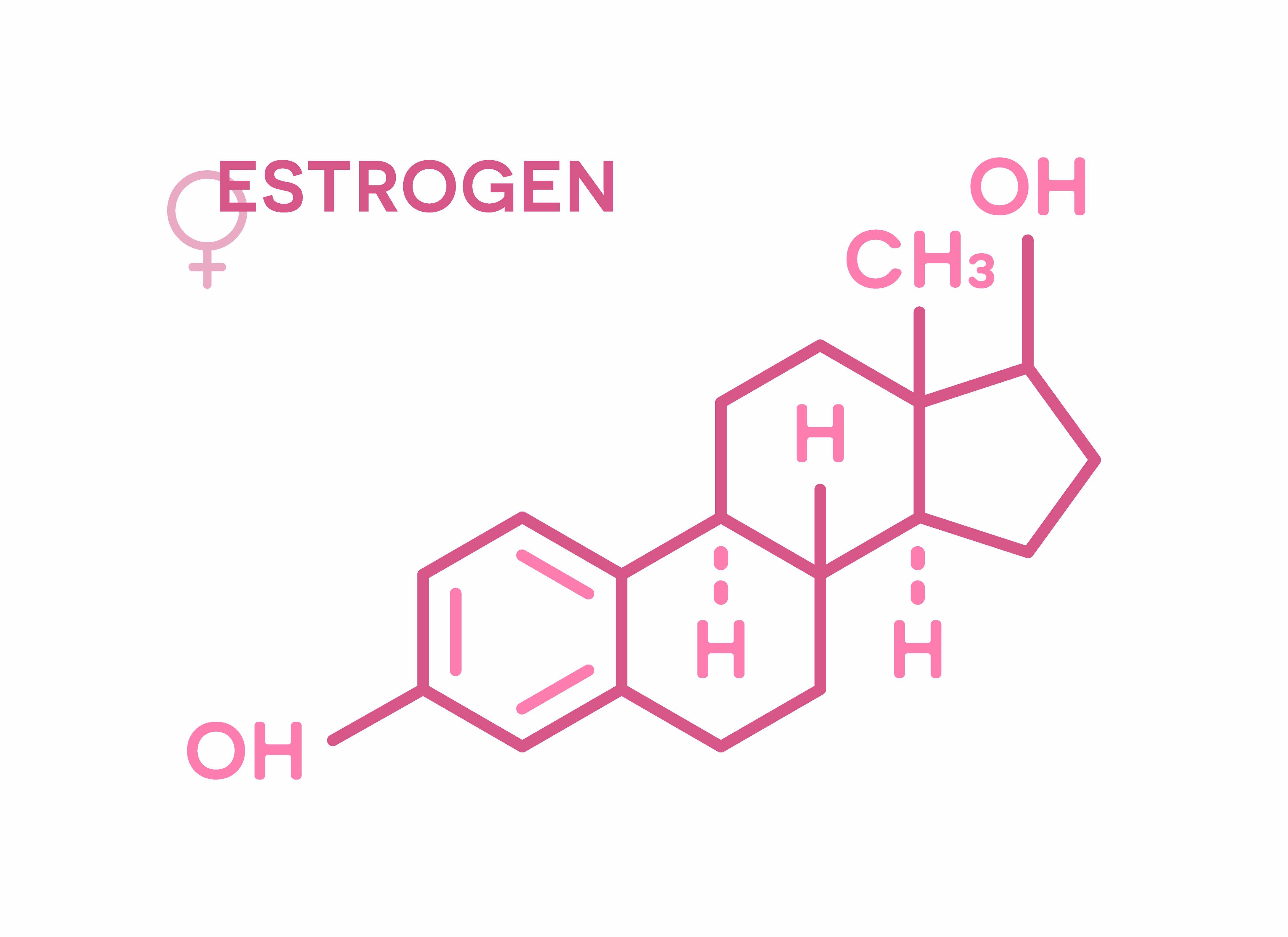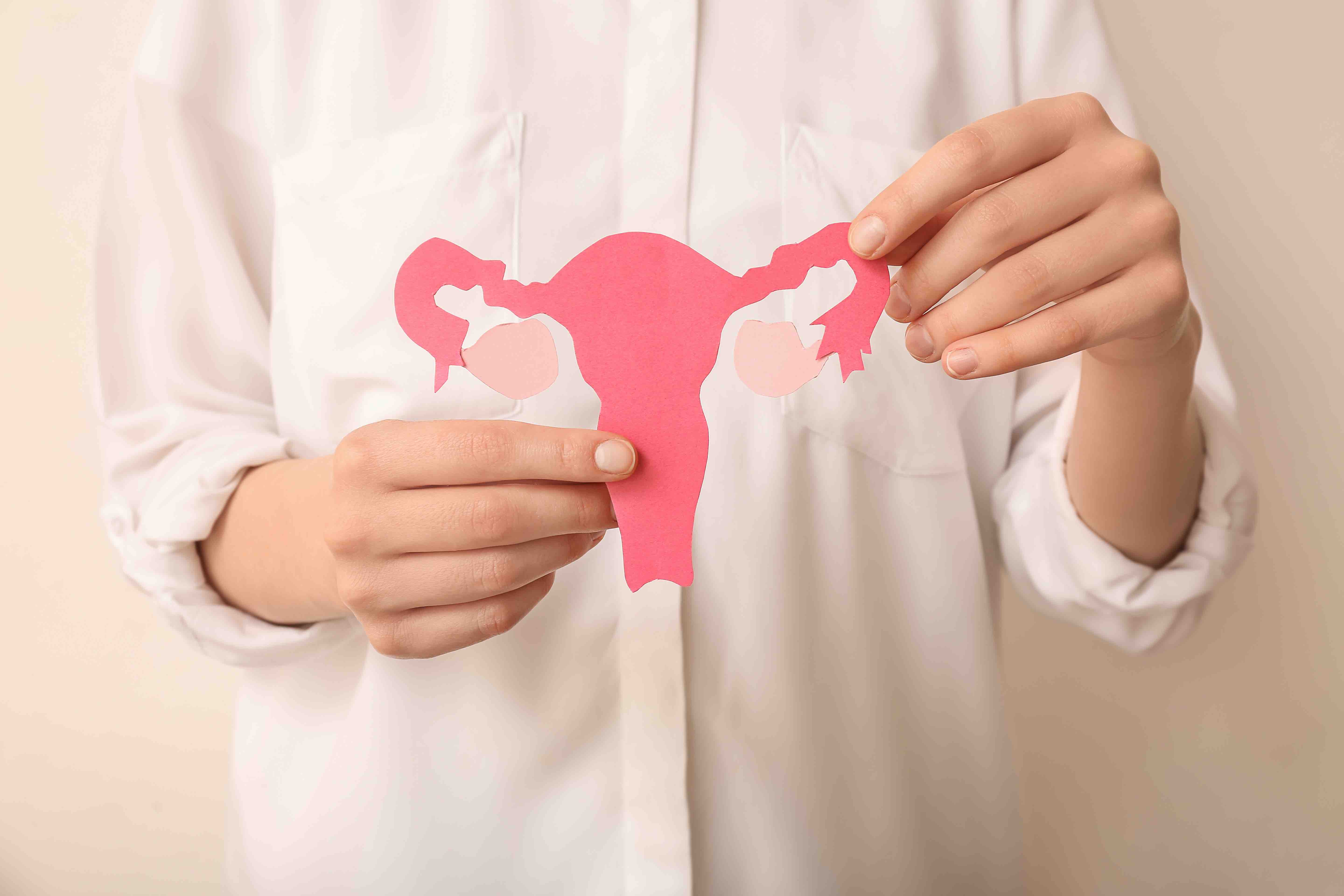
Women’s bodies are remarkable and awe-inspiring creations, intricately designed to nurture life, adapt to change, and thrive in various circumstances. From the reproductive system to hormonal intricacies, women’s bodies possess unique characteristics that contribute to their strength and resilience. In this article, we explore 15 fascinating facts about women’s bodies, shedding light on their incredible capabilities and functions.
Chromosomal Distinction: XX vs. XY
Women’s bodies are characterized by the presence of two X chromosomes (XX) in their cells, distinguishing them from men who possess one X and one Y chromosome (XY). This chromosomal distinction plays a crucial role in the development of various physical and physiological traits specific to women.
Menstruation: The Monthly Cycle
Menstruation is a natural process that occurs in women’s bodies, typically beginning during puberty. It involves the shedding of the uterine lining, resulting in the release of blood and tissue through the vagina. The menstrual cycle typically lasts around 28 days but can vary from woman to woman.
Hormonal Orchestra: Estrogen and Progesterone
Estrogen and progesterone are key hormones that regulate women’s menstrual cycles and contribute to the development of secondary sexual characteristics. Estrogen is responsible for breast development, regulation of the menstrual cycle, and bone health. Progesterone prepares the uterus for potential pregnancy and supports the development of the placenta during pregnancy.

Reproductive Marvel: The Uterus
The uterus, also known as the womb, is a remarkable organ found in women’s bodies. It plays a crucial role in pregnancy by providing a nurturing environment for a developing fetus. The uterus expands during pregnancy to accommodate the growing baby and contracts during childbirth to facilitate delivery.
Ovaries: The Ova Producers
Women have a pair of ovaries, located on either side of the uterus. The ovaries are responsible for producing eggs (ova) and releasing them during ovulation. Ovaries also produce hormones, including estrogen and progesterone, essential for reproductive health.
Hormonal Symphony: Fluctuations and Effects
Women’s bodies undergo hormonal fluctuations throughout their lives, influenced by factors such as the menstrual cycle, pregnancy, and menopause. These hormonal changes can impact mood, energy levels, sexual desire, and even skin health. Hormonal balance is essential for overall well-being and optimal functioning of the body.
Menopause: The Change of Seasons
Menopause marks the end of a woman’s reproductive years, typically occurring in her late 40s or early 50s. During menopause, a woman’s ovaries stop releasing eggs, leading to a cessation of menstruation. Hormonal changes during menopause can give rise to various physical and emotional symptoms.

Breasts: More Than Meets the Eye
Breasts are an essential feature of a woman’s body, varying in size, shape, and sensitivity. They consist of glandular tissue, milk ducts, and fatty tissue. Breasts serve as a source of nourishment for infants during breastfeeding and can also play a significant role in a woman’s self-image.
Vagina: The Birth Canal and Beyond
The vagina is a muscular canal connecting the uterus to the external genitalia. It serves as the birth canal during childbirth and is also a key component of sexual intercourse. The vagina is self-cleaning and naturally maintains a balanced pH to promote vaginal health.
Clitoris: The Center of Pleasure
The clitoris is a highly sensitive organ located at the top of the vulva. It is composed of erectile tissue and contains thousands of nerve endings, making it a center of sexual pleasure for many women. Despite its small size, the clitoris plays a significant role in sexual arousal and orgasm.
Body Fat Distribution
Women’s bodies tend to have a higher percentage of body fat compared to men’s. Fat distribution in women is commonly observed in the hips, thighs, and breasts, which are influenced by hormonal factors. This variation in body fat distribution contributes to the differences in body shape between women and men.
A Debate: Women Can Tolerate Pain Better Man
Though there have been a few scientific research that have suggested this, there is still an ongoing debate regarding this. Some research have pointed out that woman are able to tolerate pain because of their sex hormones where the estrogren and protesgerone that allows women to experience more pain, therefore increasing their pain threshold. Other research have shown that females have a higher pain threshold for certain kind of pains only.
Pelvic Floor: The Supportive Foundation
The pelvic floor is a group of muscles that form a supportive hammock-like structure in the pelvis. It plays a vital role in supporting the pelvic organs, including the bladder, uterus, and rectum. Strengthening the pelvic floor muscles through exercises, such as Kegels, helps maintain urinary and reproductive health.
Fertility: A Complex Journey
Women experience a finite period of fertility during their reproductive years. The average menstrual cycle lasts around 28 days, with ovulation occurring approximately in the middle. Various factors, such as age, health conditions, and lifestyle choices, can influence a woman’s fertility.

Pregnancy: A Marvelous Journey
Women’s bodies have the incredible ability to conceive, nurture, and bring forth new life. Pregnancy involves the fertilization of an egg by sperm, followed by implantation in the uterus. Throughout pregnancy, a woman’s body undergoes remarkable changes to support the growth and development of the baby.
Emotional Resilience and Strength
Women’s bodies possess not only physical strength but also emotional resilience. Women navigate various hormonal shifts, societal pressures, and life changes with determination and grace. Embracing self-care, seeking support, and prioritizing mental well-being is crucial for overall health and vitality.
Final Thoughts
In conclusion, women’s bodies are extraordinary creations, showcasing intricate biological systems and adaptations. From the menstrual cycle to pregnancy and beyond, women’s bodies possess unique characteristics that contribute to their strength, resilience, and ability to bring forth new life. Understanding and appreciating the wonders of women’s bodies can foster a deeper connection to oneself and promote overall well-being.
Frequently Asked Questions (FAQs)
What are the most common menstrual disorders?
Common menstrual disorders include dysmenorrhea (menstrual cramps), irregular periods, heavy menstrual bleeding (menorrhagia), and premenstrual syndrome (PMS). If you experience persistent or severe menstrual problems, it is advisable to consult a healthcare professional.
How can women maintain good reproductive health?
Maintaining good reproductive health involves regular check-ups with a gynecologist, practicing safe sex, using contraception when needed, and maintaining a healthy lifestyle. It is also essential to be aware of any changes in the menstrual cycle or reproductive system and seek medical attention when necessary.
What are some common breast health concerns for women?
Common breast health concerns for women include breast pain, breast lumps, nipple discharge, and changes in breast size or shape. Regular breast self-exams and mammograms, as recommended by healthcare professionals, can help detect potential issues early.
What are some ways to alleviate menopausal symptoms?
To alleviate menopausal symptoms, women can explore lifestyle changes such as regular exercise, a balanced diet rich in calcium and vitamin D, stress reduction techniques, and avoiding triggers like caffeine and spicy foods. In some cases, hormone replacement therapy (HRT) may be recommended under medical supervision.
How can women promote positive body image and self-acceptance?
Promoting positive body image and self-acceptance involves recognizing and challenging societal beauty standards, focusing on self-care and self-love, surrounding oneself with positive influences, and seeking professional support if needed. Embracing individuality and celebrating the
Was this page helpful?
Our commitment to delivering trustworthy and engaging content is at the heart of what we do. Each fact on our site is contributed by real users like you, bringing a wealth of diverse insights and information. To ensure the highest standards of accuracy and reliability, our dedicated editors meticulously review each submission. This process guarantees that the facts we share are not only fascinating but also credible. Trust in our commitment to quality and authenticity as you explore and learn with us.


